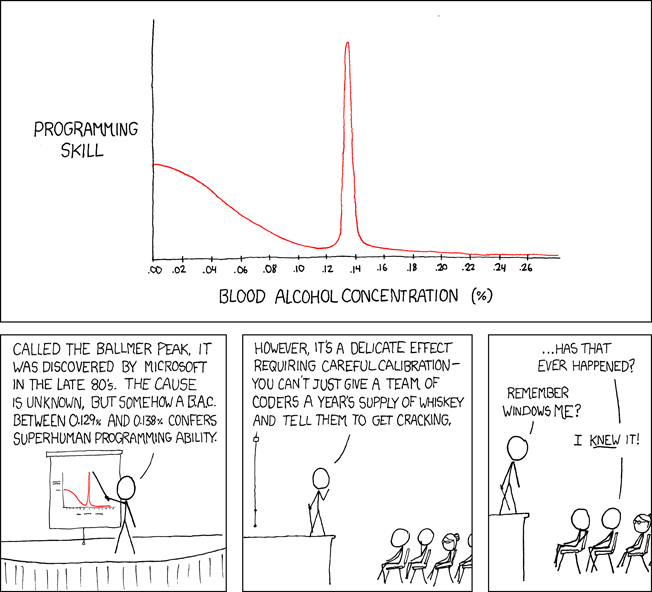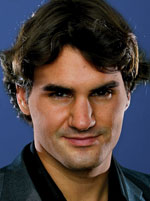In November/December 1997 I undertook a journey from New Delhi to Baroda (Vadodara, in Gujarat) through Durgapur, Kandi, Katwa and Kolkata (all in West Bengal). If you are familiar with the geography of India, New Delhi is in the North, West Bengal is in the East and Gujarat is in the West. This is an extremely weird route to take, since you can actually get from New Delhi to Baroda by train in just under 14 hours. The reason for this type of a route was:
- I was studying in New Delhi, hence the origin
- My parents and brother were in Baroda, hence the destination
- My cousin Shnaoli Didi was getting married in Katwa
- I had to also visit my native town Kandi, since it is pretty close to Katwa
- The easiest way to Kandi from Delhi was to disembark at Durgapur and take a bus
- The only way to go from Katwa to Baroda was through Kolkata
On a map this is roughly how my route looked. Note that this shows a route by road, while most of my travel was by train.
View Larger Map
The different points on the map are listed in the order of visit:
- A – New Delhi
- B – Durgapur, West Bengal
- C – Kandi, West Bengal
- D – Katwa, West Bengal
- E – Kolkata, West Bengal
- F – Bardoli, Gujarat
- G – Surat, Gujarat
- H – Baroda, Gujarat
First Leg: New Delhi to Durgapur
The journey started very well. It used to be a practice at IIT to try and find someone among our friends traveling in the same general direction, because we could coordinate the dates appropriately and completely cut out the boredom of traveling alone. In this case I had a pretty good friend Himanshu Khandelia going to Kolkata, so we decided to travel together. Durgapur was a stop on the way to Kolkata by train.
We were traveling by Poorva Express and looking forward to the trip. If you look at the map, you will see that the train had to pass through two states – Uttar Pradesh and Bihar (well, at that time Bihar and Jharkhand used to be a single state) en route to Kolkata. As luck would have it, we had people from both Uttar Pradesh and Bihar in the compartment. Now, people from either of these states don’t see eye to eye with the people from the other. After a lot of simmering discontent, things came to a head when the guy from UP said, “Kanpur aane de, phir tujhe dekhe lenge” (Let Kanpur come, then we will show you). Soon enough Kanpur (in UP) came, the number of folks from UP increased and a fistfight erupted. The neutral folks (i.e. the Bongs and the Delhiites) got pretty scared and some of them covertly pulled the chain. Actually it was Khandelia and me pulling it, but that is not the point.
Anyway, after the authorities intervened things settled down, though that did not prevent the adversaries from casting dirty looks at each other. Next afternoon at around 2:30 pm I reached Durgapur.
Second Leg: Durgapur to Kandi
At the railway station in Durgapur I was received by Dutta Kaku and Kakima, old family friends. This was a brief meeting – they made sure I got something to eat and put me on a bus to Kandi. At this point I should mention that on my trips from Delhi I would inevitably have a lot of luggage. There were a couple of reasons for this:
- My journeys were during the breaks at the end of semester. I used to have a trunk and a suitcase at IIT and our rooms needed to be vacated after every semester, even if we were to return to the same room the subsequent semester. We typically used to cram as much as possible in the trunk and dump the trunk and mattress in the cloak room. This would mean that all the stuff we couldn’t fit in the trunk would have to make the trip home and back even if there was no use for it.
- During winters travel by Sleeper Class trains would mean extreme cold at nights, given the range of temperatures in North India. This meant carrying a blanket and some warm clothing, all of which added to the luggage.
Anyway, back to the story. When Dutta Kaku and Kakima were putting me on a bus we had two choices: a private operator’s bus that would start earlier and a state-operated bus that would start later. Naturally I boarded the former, since a downpour had started. About 10 minutes into the trip the bus started lurching rather violently and came to a halt. The driver and conductor announced that the gear-box had broken and that the bus wouldn’t be able to go further.
Continue reading A Unique Journey – Traveling with Murphy











